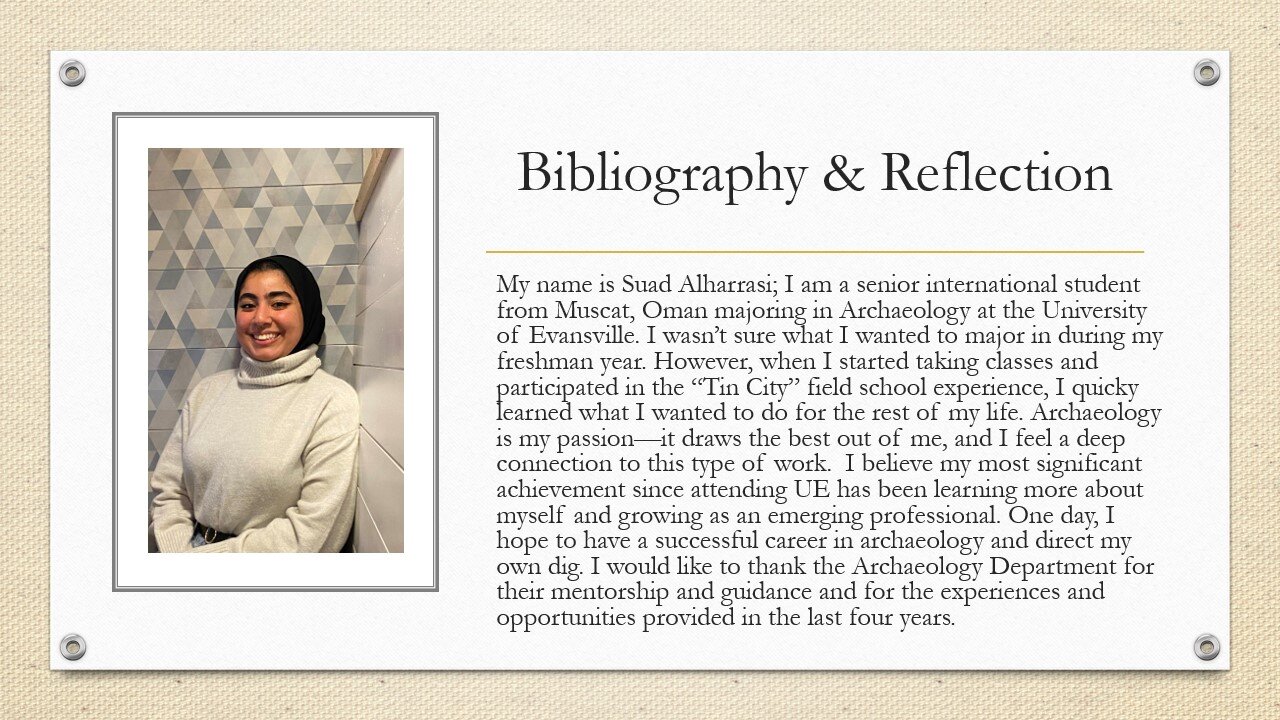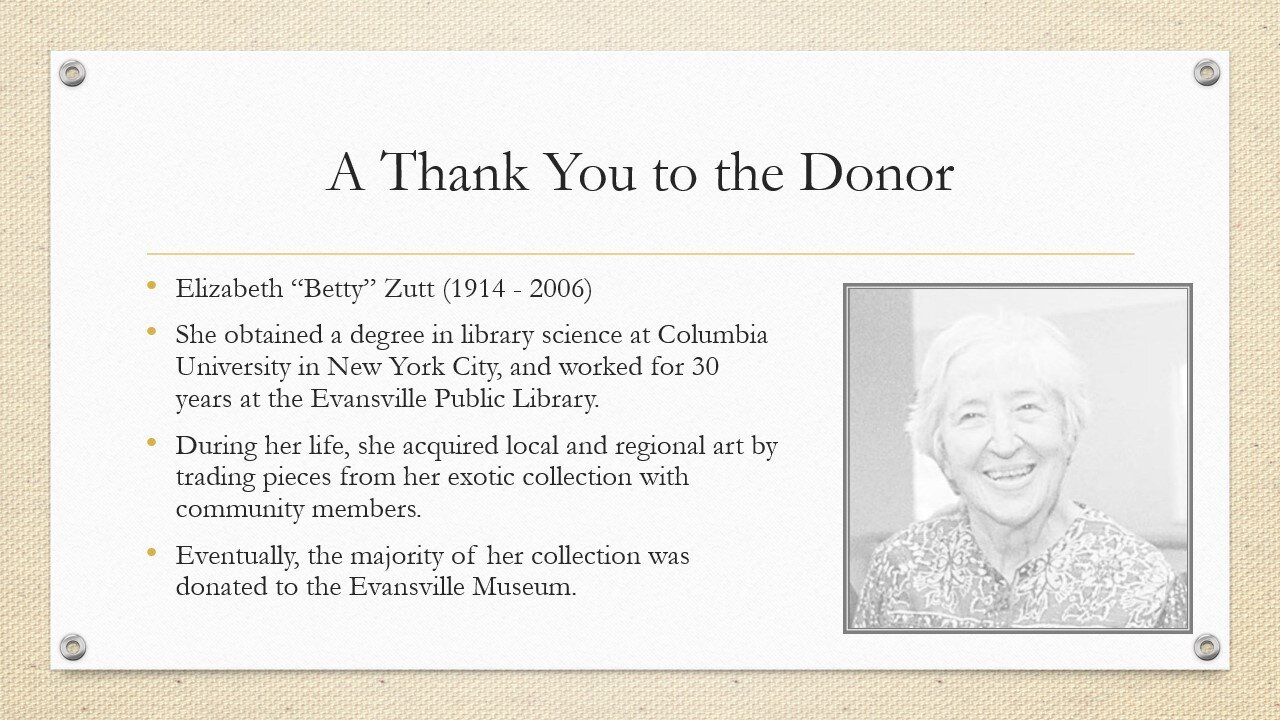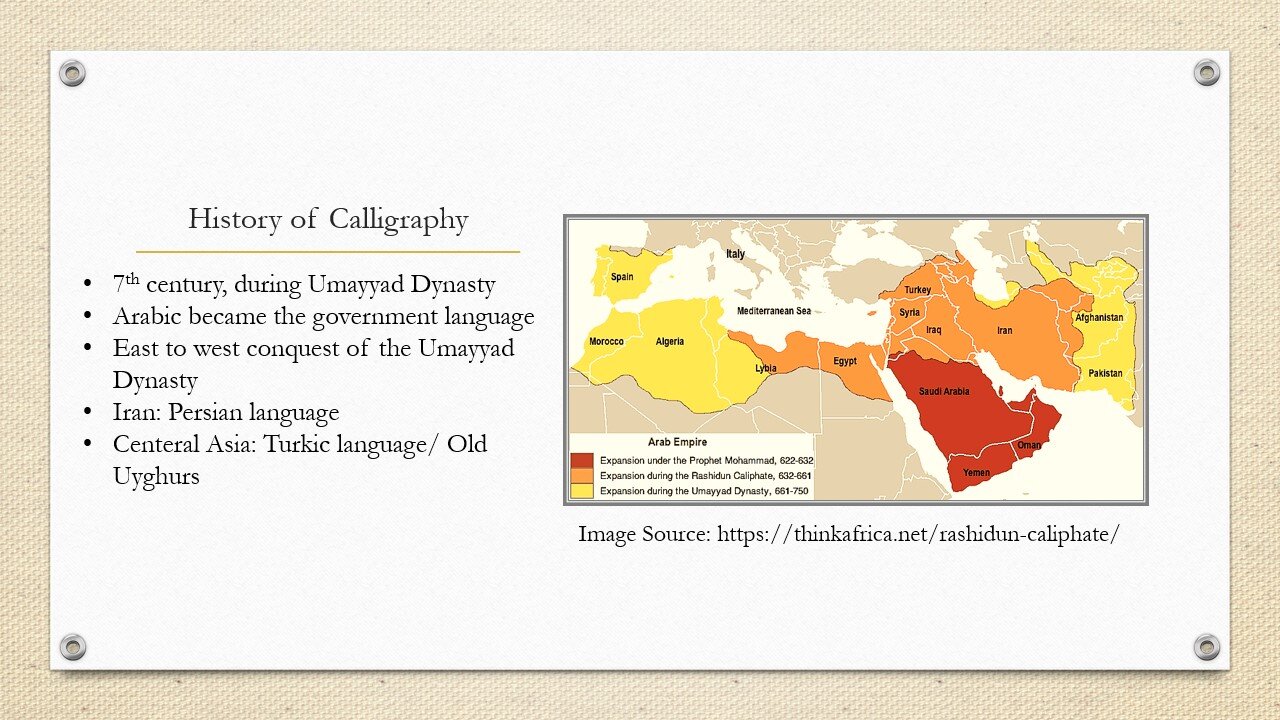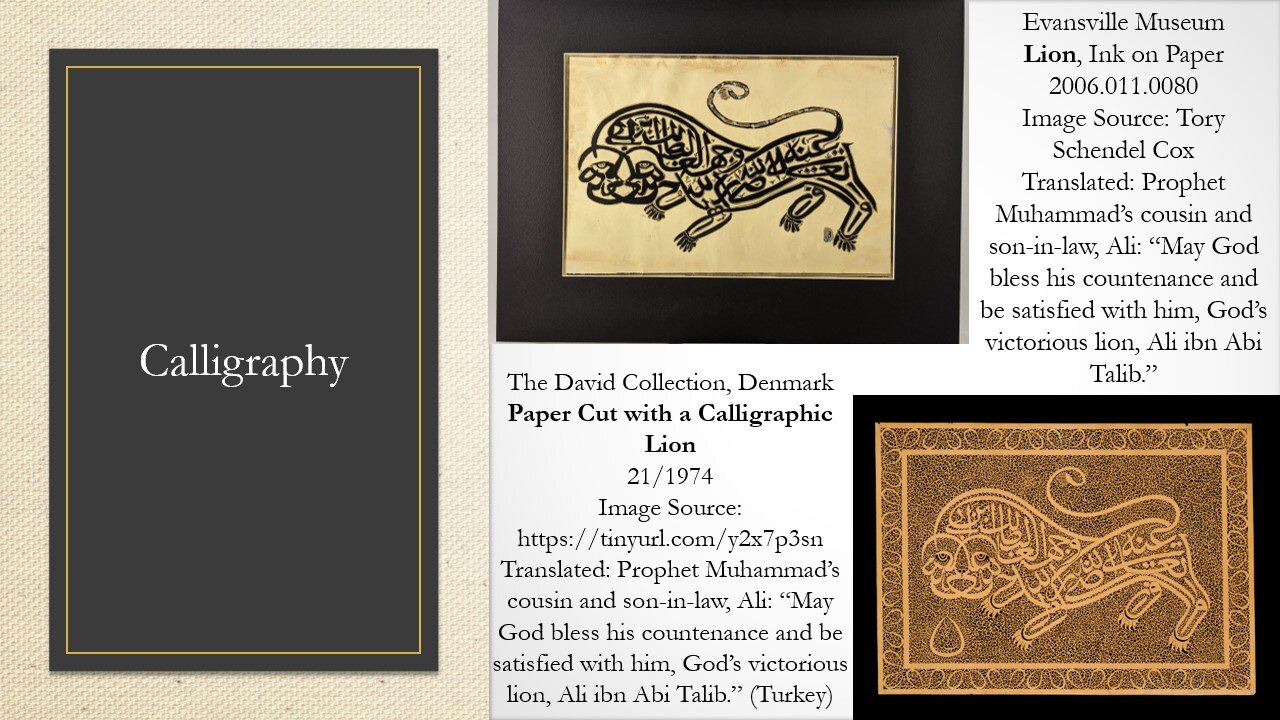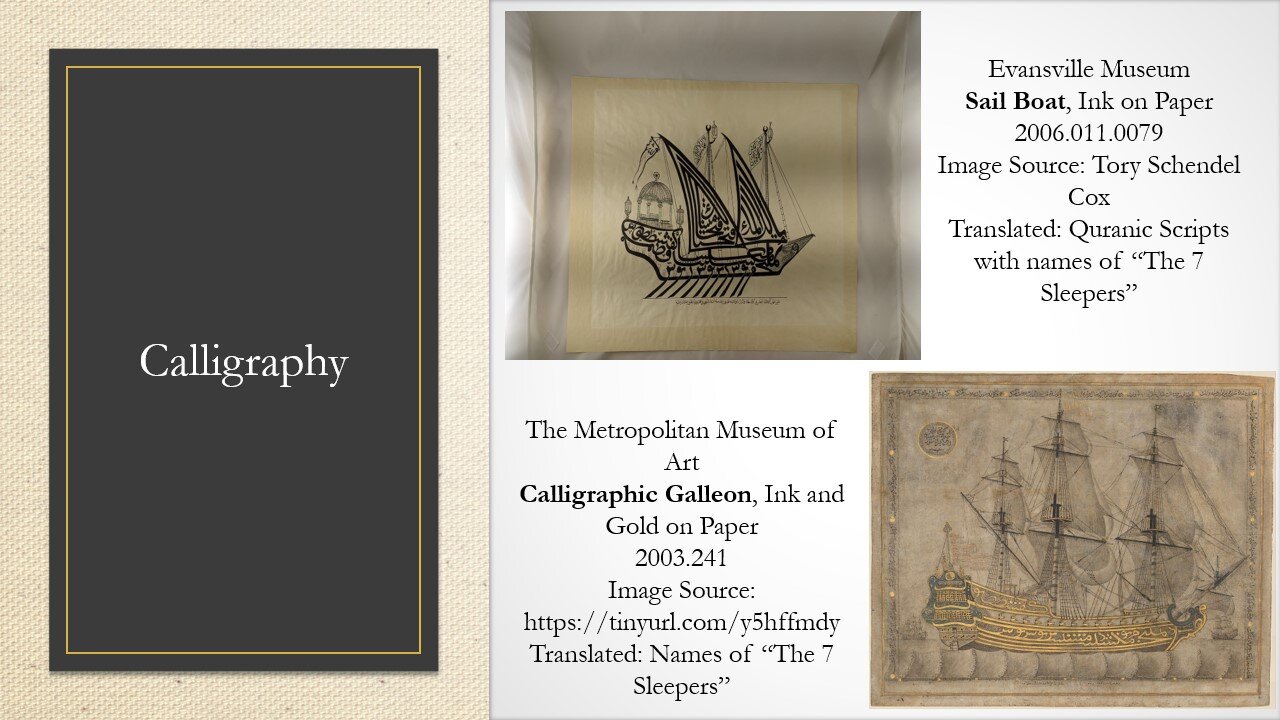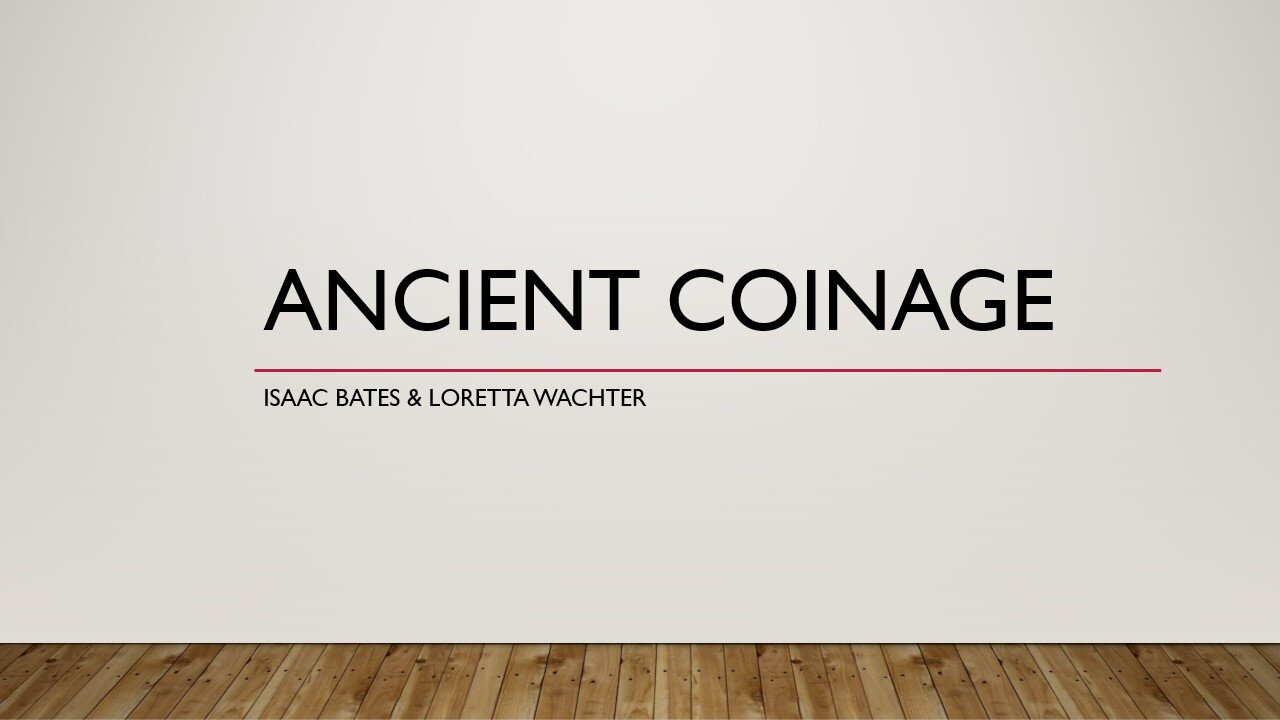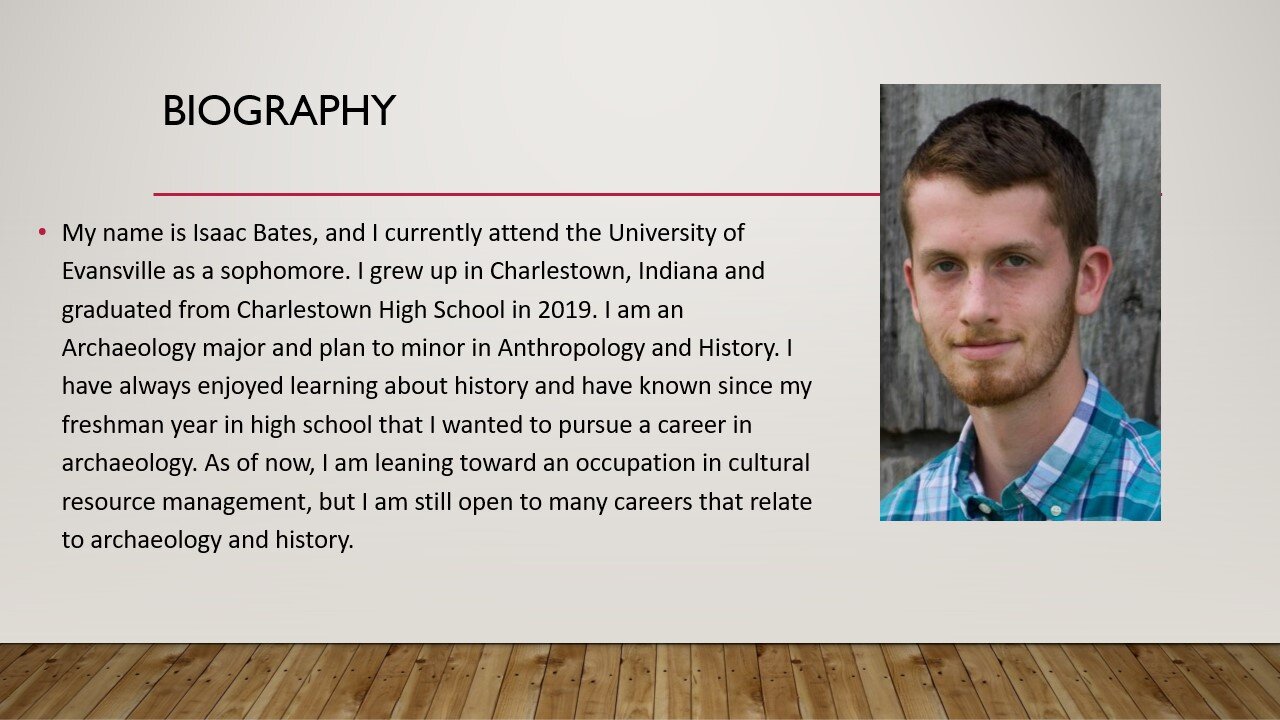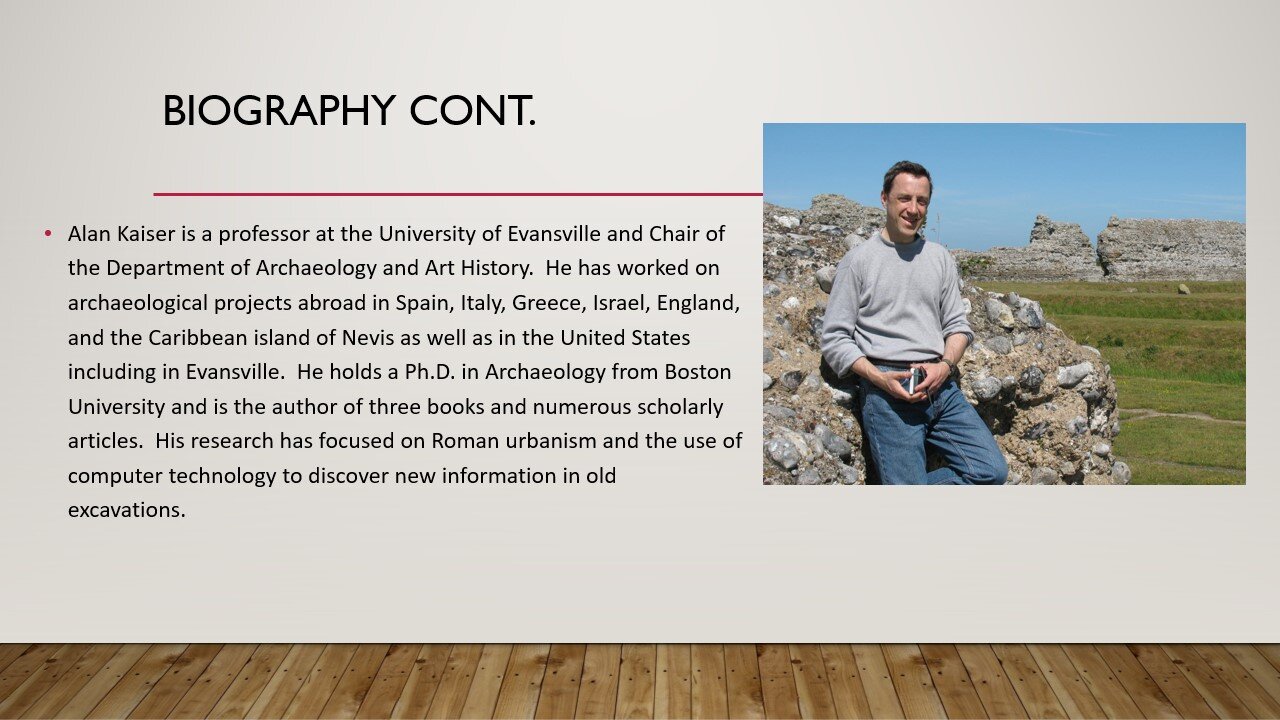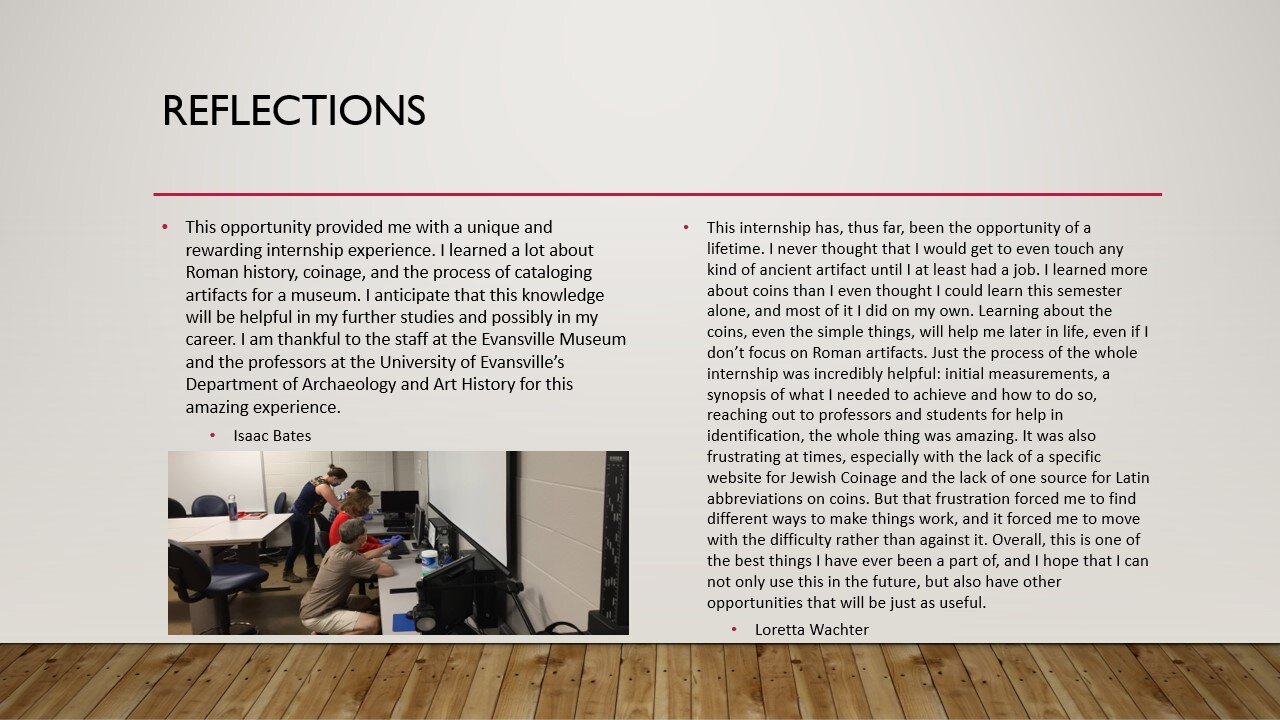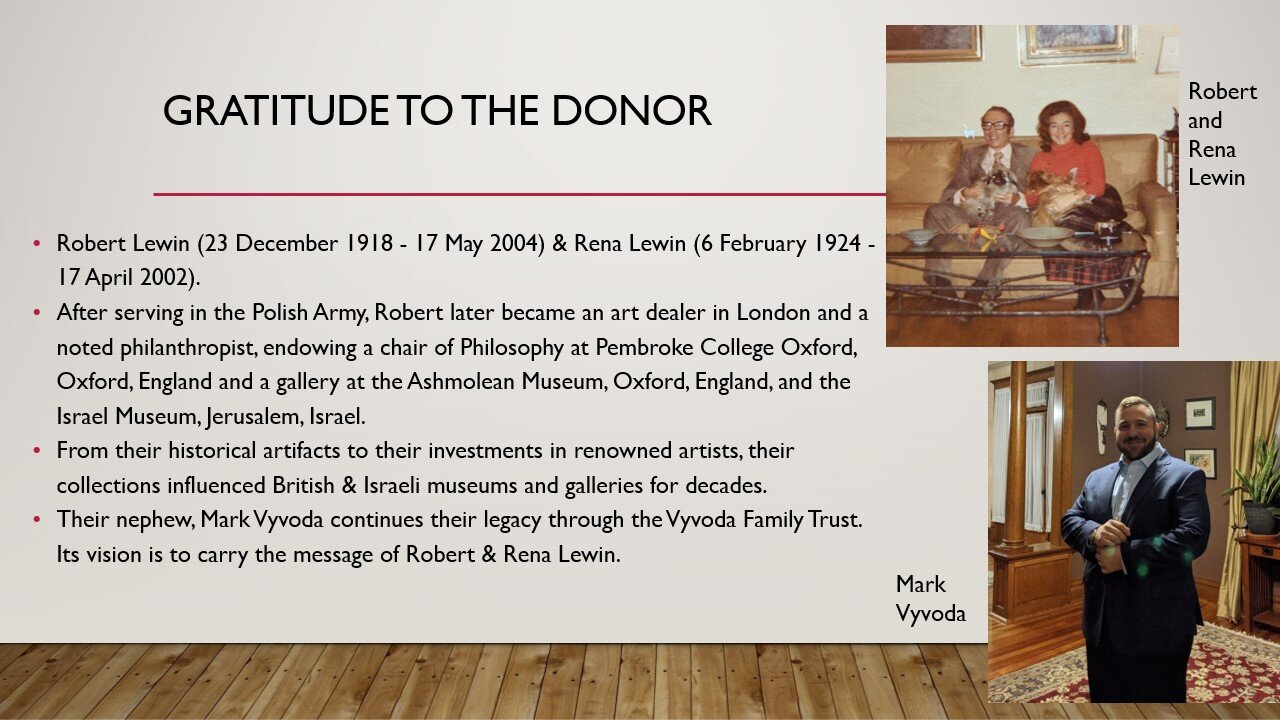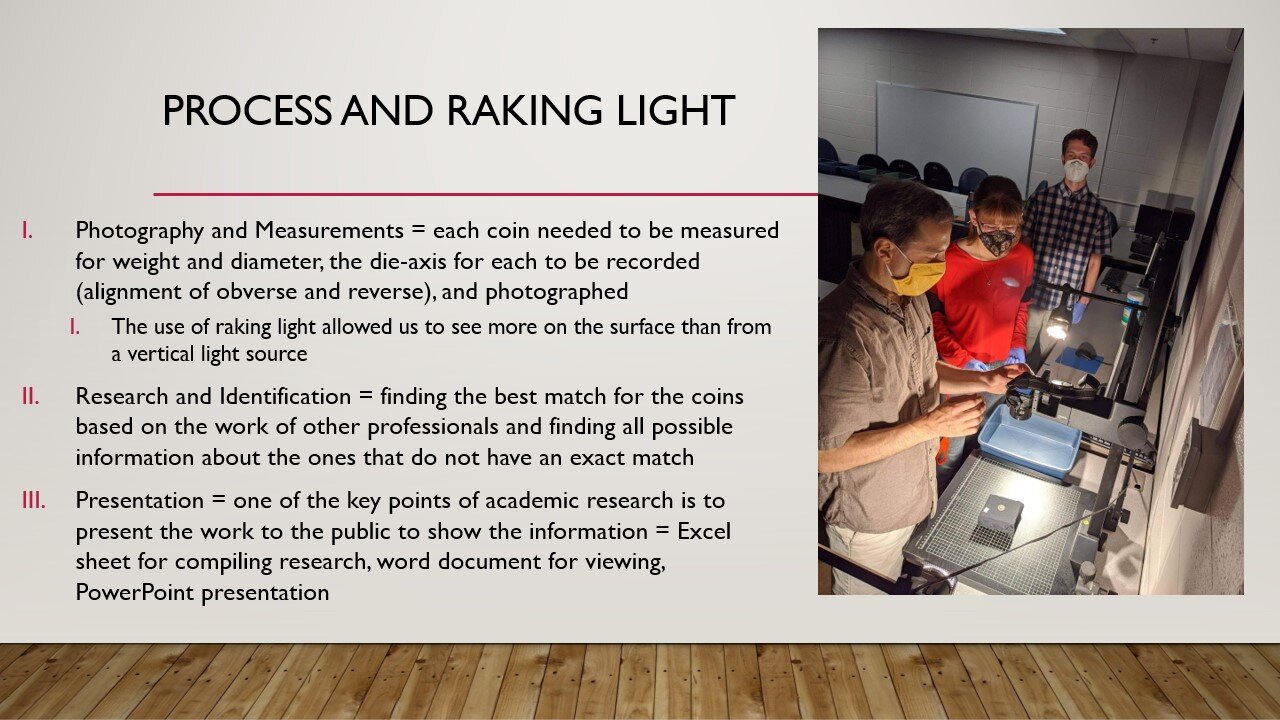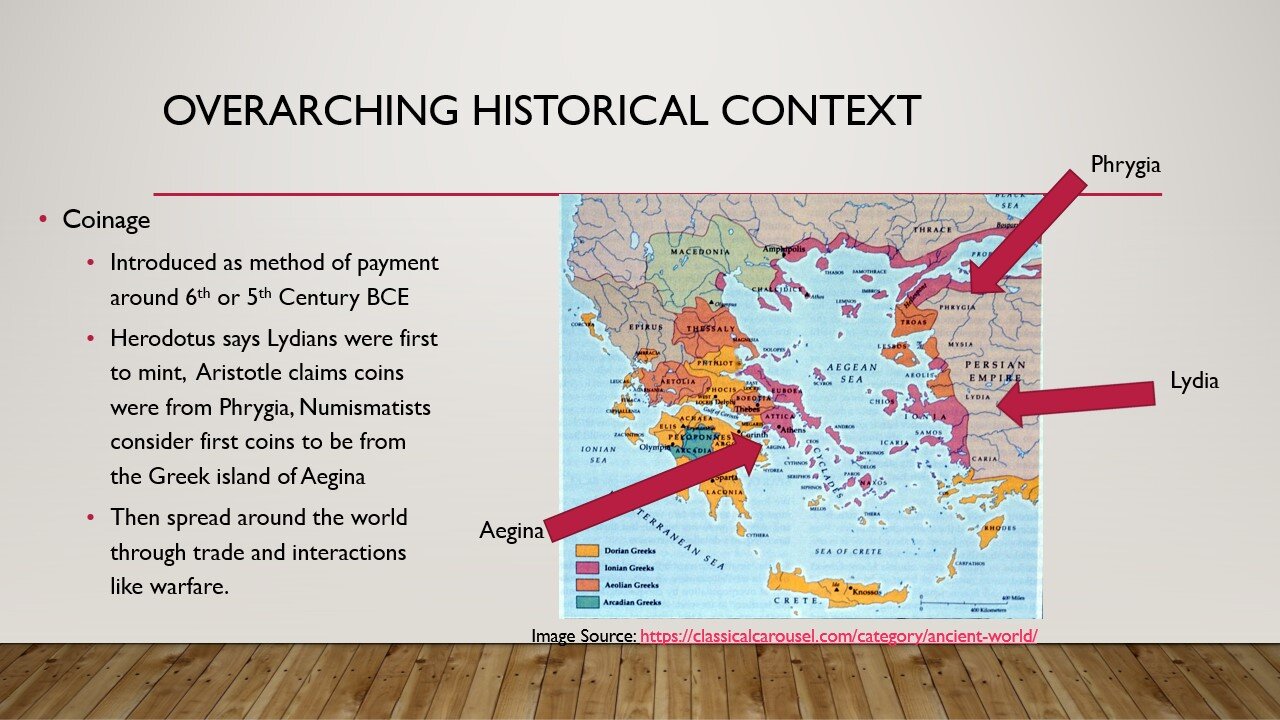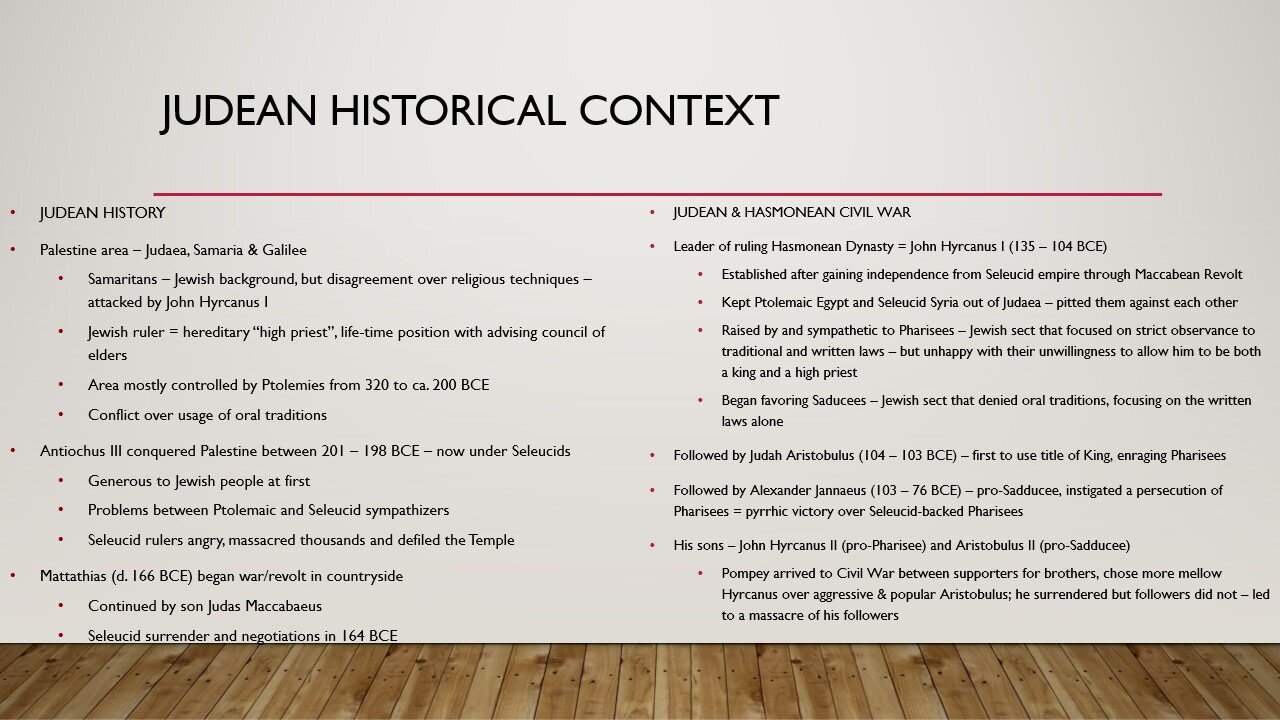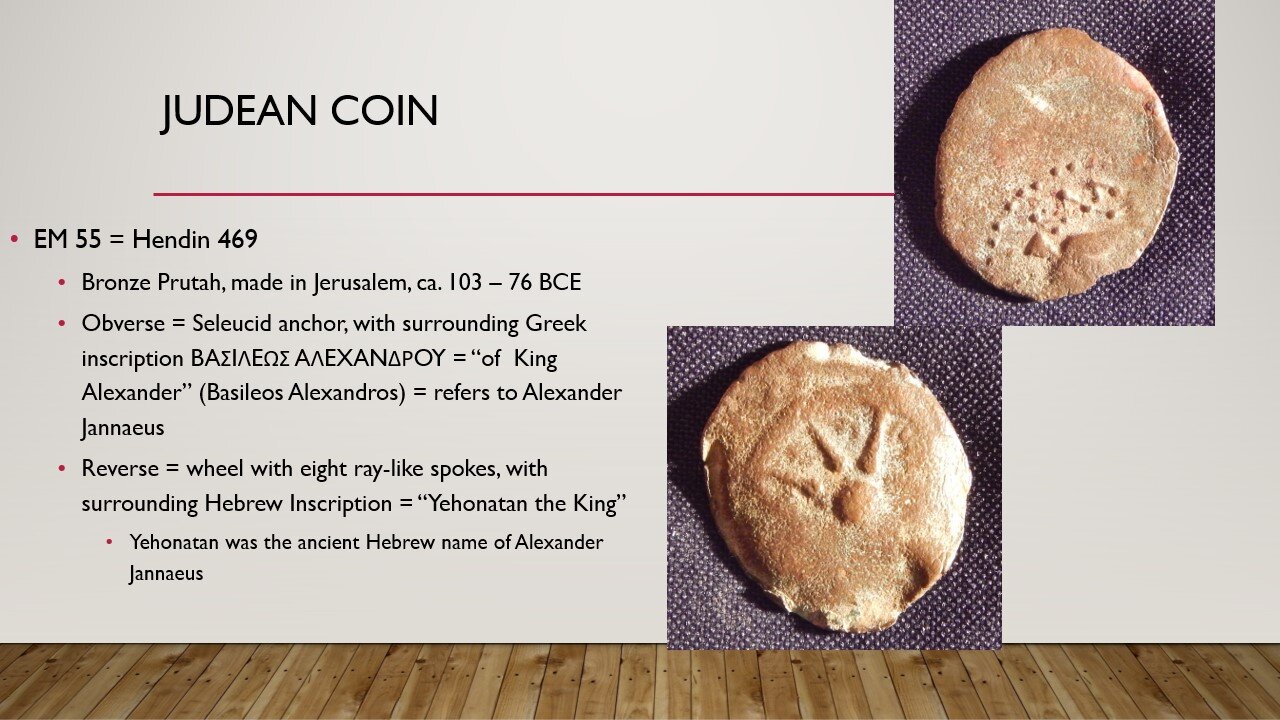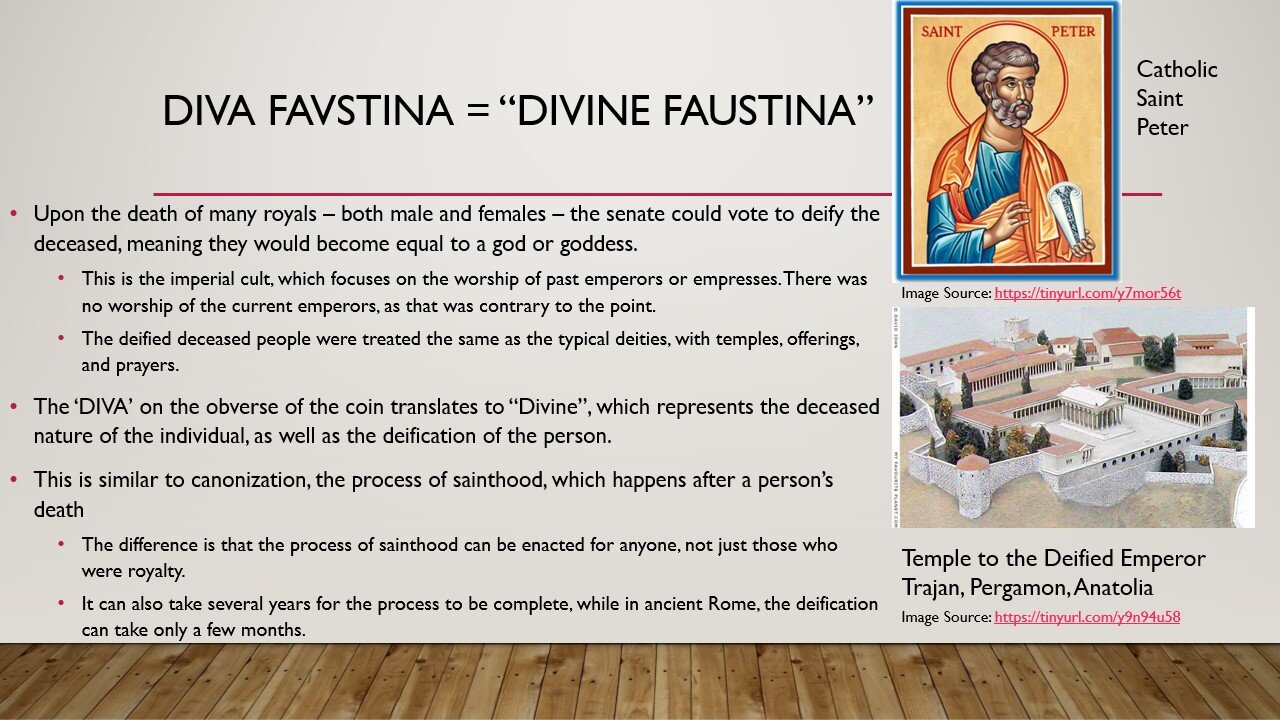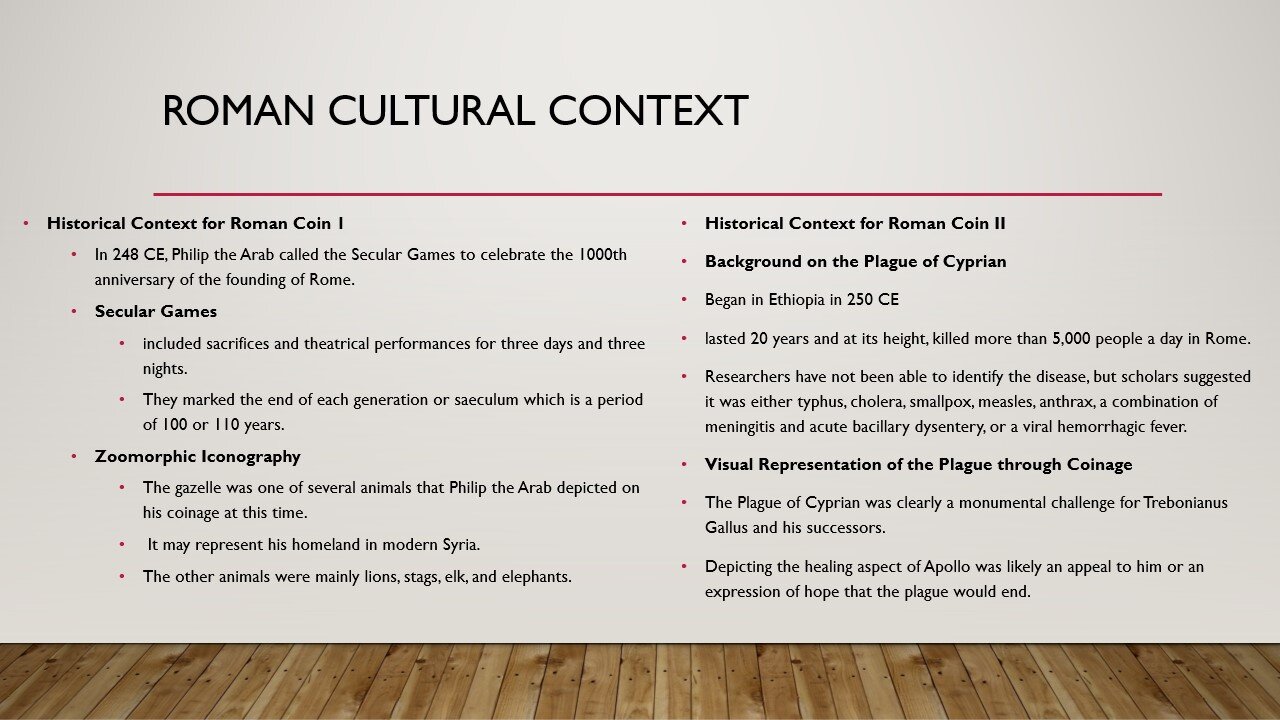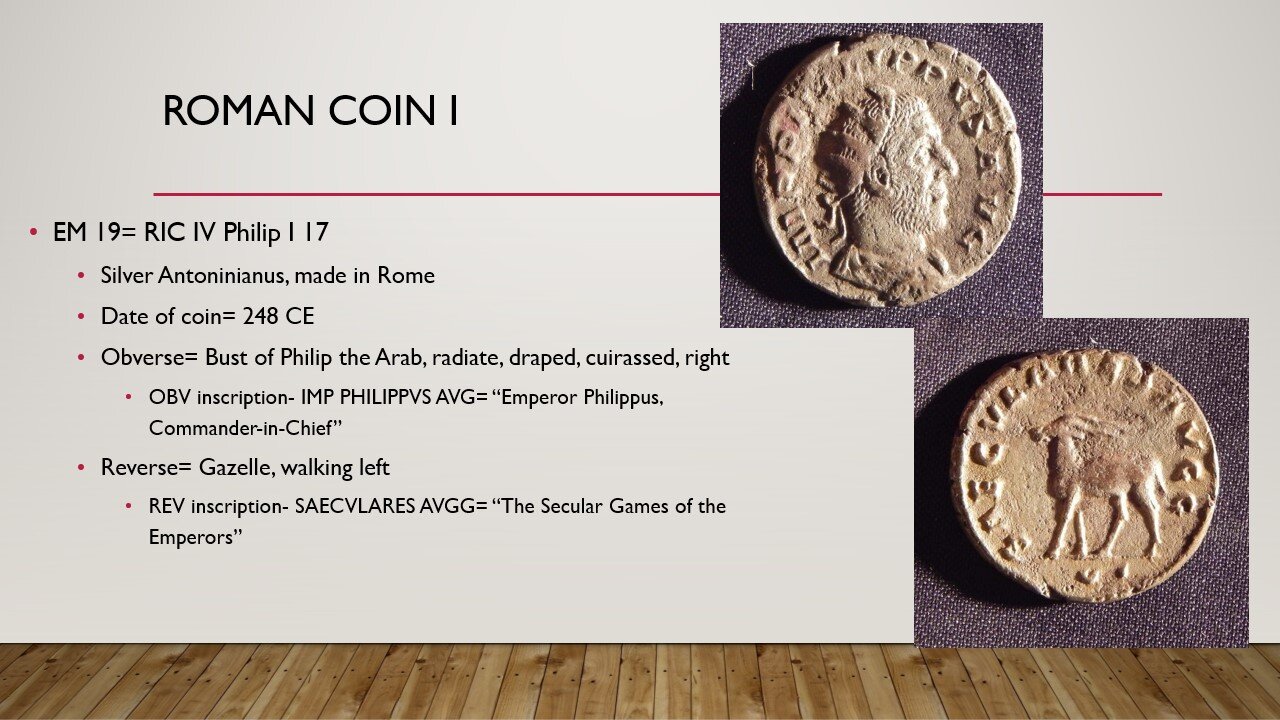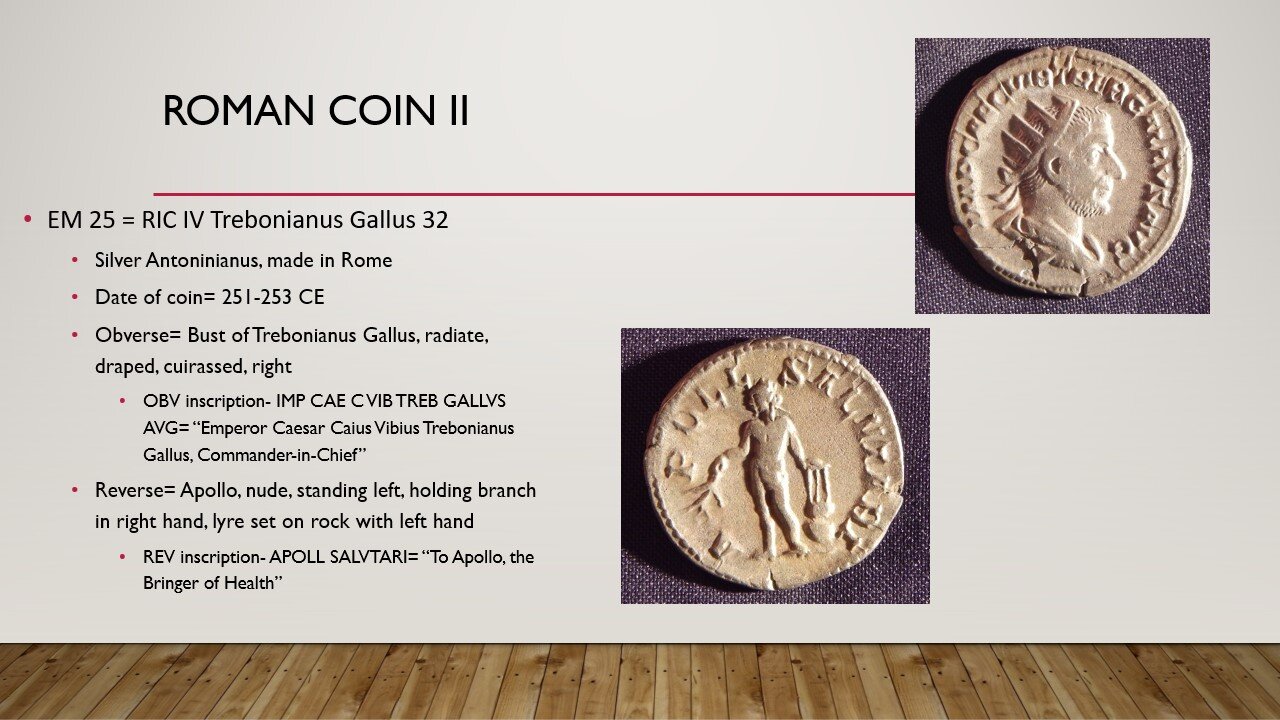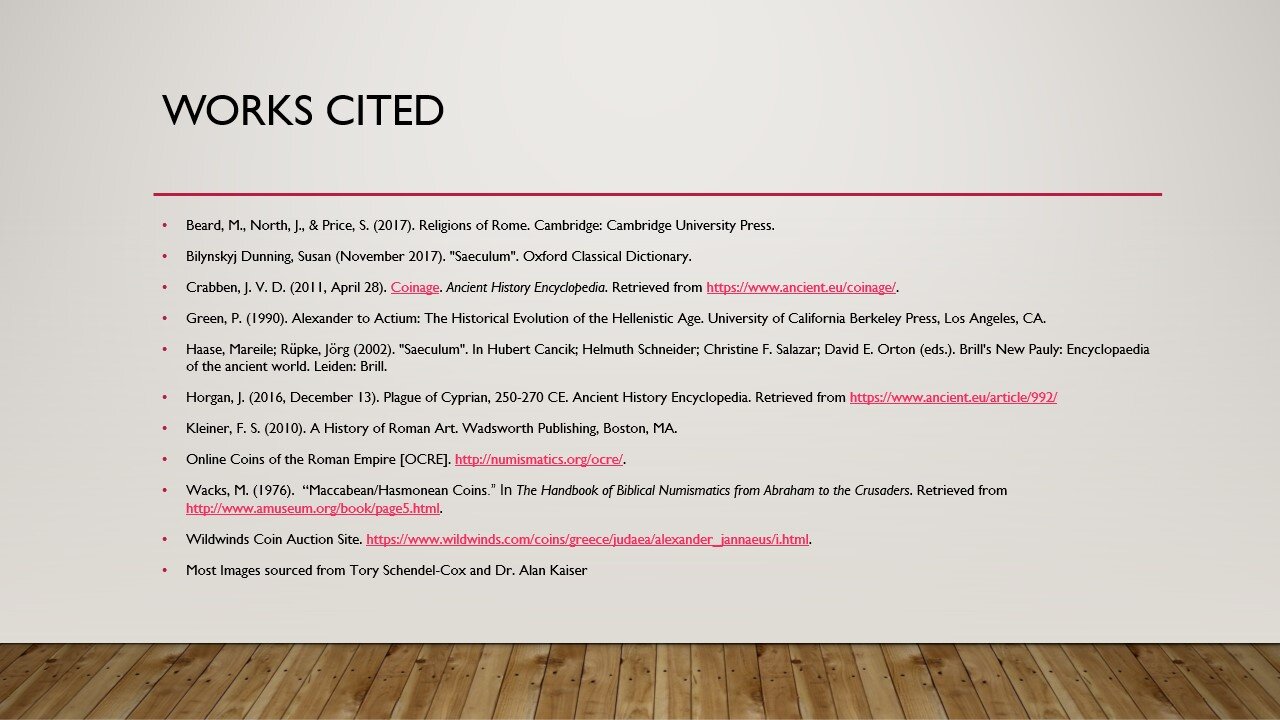Internship Spotlight
The year 2020 has changed the landscape of museum operations. Like other professions, the digitization of our field in a matter of days proved to be a difficult yet rewarding experience. As an educational institution, the Evansville Museum hosts numerous interns every semester. However, our programs halted because of the COVID-19 lockdown, and due to the swiftness of the shutdown, we were not equipped to provide remote opportunities. Nonetheless, through collaborative measures between the University of Evansville’s Archaeology and Art History Department and the Evansville Museum’s Art Department, we were successful in creating a virtual internship program.
In this thread, you will learn about the Fall 2020 interns and their completed projects. We are grateful for their hard work and dedication; as well as their flexibility as the Museum and University worked to create this program. On behalf of the Evansville Museum, we thank our interns for their perseverance during these turbulent times.
Tory Schendel Cox
The Virginia G. Schroeder Curator of Art
Suad Alharrasi
My name is Suad Alharrasi; I am a senior international student from Muscat, Oman majoring in Archaeology at the University of Evansville. I wasn’t sure what I wanted to major in during my freshman year. However, when I started taking classes and participated in the “Tin City” field school experience, I quickly learned what I wanted to do for the rest of my life. Archaeology is my passion—it draws the best out of me, and I feel a deep connection to this type of work. I believe my most significant achievement since attending UE has been learning more about myself and growing as an emerging professional. One day, I hope to have a successful career in archaeology and direct my own dig. I would like to thank the Archaeology Department for their mentorship and guidance and for the experiences and opportunities provided in the last four years.
My experience in researching a set of Islamic calligraphies was one of my most significant accomplishment this year. This opportunity not only changed me academically, but my personal perspective too. This type of research differed from any other previous experience because it was about Islamic art, which reminded me of home. I learned a lot of new aspects regarding calligraphy and Islamic art that I did not know before this research. While challenging, I had a lot of fun doing this project.
With the help of Tory, I learned how to handle museum collection objects and gained an understanding of what museum work looks like. I never considered working at a museum, but this internship has completely changed my mind. It opened my eyes to the many different things I could do with my BA in Archaeology. As a result, I am starting to have a clearer view of what type of work I’d want to pursue as an Archaeologist.
I am so thankful and lucky because I had this utterly unique chance to represent the Islamic culture as an international student to the Evansville community, which made me proud of myself and my culture. I would like to encourage as many international students as possible to seek an opportunity similar to mine at the museum because this experience was worth every second. It is a beautiful feeling when you see the products of your hard work and know that your research helped the art curator represent a collection that they have in the museum. I am proud of the work that I accomplished as a researcher.
To hear Suad discuss her presentation and research, click HERE for her final presentation.
Isaac Bates
My name is Isaac T. Bates, and I currently attend the University of Evansville as a sophomore. I grew up in Charlestown, Indiana and graduated from Charlestown High School in 2019. I am in the University of Evansville Honors Program and a recipient of the University’s Trustee Scholarship. I am an Archeology major and plan to minor in Anthropology and History. I have always enjoyed learning about history and have known since my freshman year in high school that I wanted to pursue a career in archeology. As of now, I am leaning toward an occupation in cultural resource management, but I am still open to many careers that relate to archaeology and history.
During this internship, I mainly learned about the meanings behind the iconography on Roman coins, the highlights of various Roman emperors’ reigns, and what the process of cataloging a Roman coin entails. The Romans often depicted deities, personifications, and symbols on the reverses of their coins, so I am now aware of what this iconography meant to the Romans and how to identify it. Also, I picked up some Latin words and phrases by translating the inscriptions on the coins. Through researching for interesting information about the coins, I learned about emperors I was previously unfamiliar with (especially from the 3rd century CE) and gained an understanding of the general overviews of some of their reigns. In conjunction with this, I saw how Roman emperors utilized coinage as propaganda and to commemorate certain events. Perhaps the most practical knowledge I gained through this internship concerned the process of measuring and properly cataloging Roman coins. For example, I learned how to take the die axis of a coin and how best to photograph a coin. Finally, I am now aware of how to identify Roman coins using the Online Coins of the Roman Empire catalog and what information (denomination, date range, mint location, etc.) is required to completely catalog a Roman coin.
While trying to deduce the correct identifications for the coins, problems often arose due to obscured inscriptions or iconography. Therefore, this internship tested my ability to start with what I knew about a problem and then gradually narrow the available options until I arrived at the correct solution. This internship also strengthened my time management skills. There were no set times to complete each stage of the internship, so I determined how much time to spend on each stage in order to balance the accuracy of my work with its completion. Finally, this internship required the Evansville Museum staff, University of Evansville Department of Archaeology and Art History professors, my fellow intern, and me to work efficiently as a team. Communication with each member of this team was crucial to accomplishing our goals.
Overall, this opportunity provided me with a unique and rewarding internship experience. I learned a lot about Roman history and the process of cataloging artifacts for a museum. I anticipate that this knowledge will be helpful in my further studies and possibly in my career. I am thankful to the Evansville Museum, the University of Evansville, and The Vyvoda Family Trust for this amazing experience.
Loretta Wachter
My name is Loretta Wachter, I am a second-year archaeology student at the University of Evansville. Originally from upstate New York, I have always been interested in history. However, it wasn’t until my sixth-grade history teacher introduced me to the ancient civilizations of Egypt, Mesopotamia, and Greece that I grew interested in archaeology. Currently, I am interested in the war aspect of archaeology, especially weapons and World War II. After graduating from the University of Evansville, my goal is to earn a master’s degree in Military History from Norwich University, Vermont to become a Battlefield Archaeologist.
This internship has, thus far, been the opportunity of a lifetime. I never thought that I would get to even touch any kind of ancient artifact until I at least had a job. But the fact that now, I have touched 80+ ancient coins, I have measured them, I have learned about them, and I am the first to identify 40 of them is still something that amazes me even now. I learned more about coins than I even thought I could learn this semester alone, and most of it I did on my own. Learning about the coins, even the simple things, will help me later in life, even if I don’t focus on Roman artifacts. Just the process of the whole internship was incredibly helpful: initial measurements, a synopsis of what I needed to achieve and how to do so, reaching out to professors and students for help in identification, the whole thing was amazing. I had a lot of fun as well as learning so much more than I ever imagined. Just going through the coins for some preliminary identification, and getting miffed with how many coins with Philip the Arab’s head on them, and writing notes about how I had no idea about the language, and making comments about the overall quality of the coins, was so much fun. It was also frustrating at times, especially with the lack of a specific website for Jewish Coinage and the lack of one source for Latin abbreviations on coins. But that frustration forced me to find different ways to make things work, and it forced me to move with the difficulty rather than against it. Overall, this is one of the best things I have ever been a part of, and I hope that I can not only use this in the future, but also have other opportunities that will be just as useful.
To hear Isaac and Loretta discuss their presentation and research, click HERE for the final presentation.



